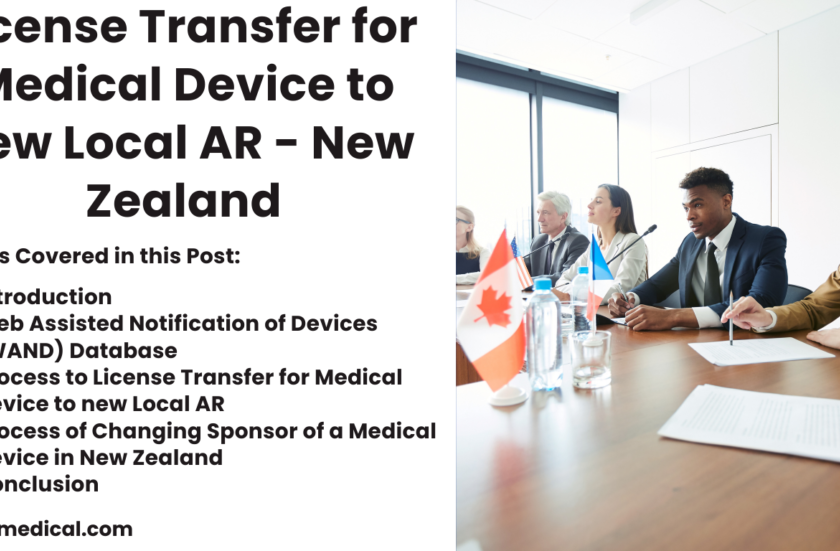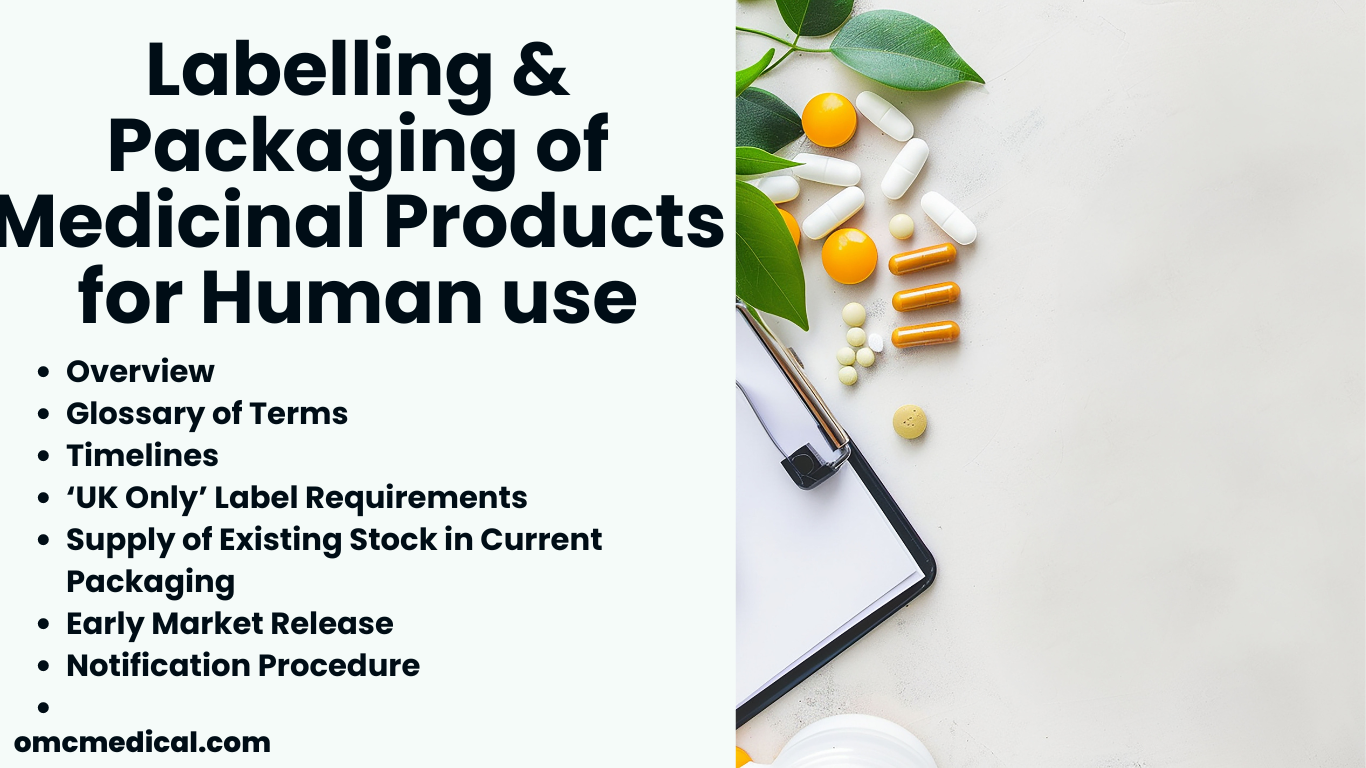Medical devices play a crucial role in healthcare by diagnosing, treating, and monitoring various medical conditions. These devices are designed and manufactured by companies that must obtain licenses to sell their products in different markets.
When a company wants to transfer the license for a medical device to a new local Authorized Representative (AR) in a different country, such as New Zealand, there are several key steps and considerations that must be taken into account.
Transferring the license for a medical device to a new local AR in New Zealand is a complex process that requires careful planning and coordination. The first step in the license transfer process is for the company to identify a new local AR in New Zealand who is qualified and authorized to represent the company in the country.
The new AR must meet all regulatory requirements and have a thorough understanding of the local laws and regulations governing medical devices in New Zealand.
Web Assisted Notification of Devices (WAND) Database
On January 1, 2004, the Medicines (Database of Medical Devices) Regulations 2003 came into effect. According to the legislation, a sponsor—a person or organisation that manufactures, imports, or exports medical devices into or out of New Zealand—must notify a database of the specifics of the devices within 30 days of the device being sold or exported.
This database is called the Web Assisted Notification of Devices (WAND) database.
It is mandatory for sponsors to keep up with the data submitted to the WAND database. In the event that sponsors find information placed into the WAND database to be inaccurate or incomplete, they must update or amend the information within ten working days of the discovery.
A WAND device notification number is a special code that designates a certain sponsor, manufacturer, and device combination. Therefore, in the event that supply agreements in New Zealand alter, it is not possible to transfer a device notification from one sponsor to another.
The new sponsor, Sponsor B, is required to inform the devices to the WAND database, and Sponsor A, the present sponsor, must render the pertinent device notifications outdated.
Process to License Transfer for Medical Device to new Local AR
Sponsors are recommended to follow the procedure outlined below when a change of sponsor is required.
- One month prior – Sponsor B to apply for access to the WAND database, if not already a sponsor.
- One month prior – Sponsor B to request from the manufacturer information about the intended purpose and GMDN codes in preparation for making the new device notification.
- On the date of the change – Sponsor B to begin notifying the transferred device(s) to the WAND database.
- Within 10 days of the change – Sponsor A to make obsolete all of the affected notifications to the WAND database.
- Within 30 days of the change – Sponsor B to complete notifying the transferred device(s) to the WAND database.
- Optional – Sponsors A and B to advise their customers of the change in WAND numbers for the transferred devices.
Process of Changing Sponsor of a Medical Device in New Zealand
Changing the sponsor of a medical device in New Zealand involves a series of steps to ensure compliance with regulatory requirements.
Here’s a general outline of the process:
- Notification to the New Zealand Medicines and Medical Devices Safety Authority (Medsafe): The current sponsor of the medical device must notify Medsafe about the intended change in sponsorship. This notification typically includes details such as the name and contact information of the new sponsor, as well as any relevant documentation regarding the change.
- Submission of Application by the New Sponsor: The new sponsor must submit an application to Medsafe for approval to become the sponsor of the medical device. This application usually includes information about the device, its intended use, manufacturing details, quality control measures, and any other relevant documentation.
- Review and Evaluation by Medsafe: Medsafe will review the application submitted by the new sponsor to ensure compliance with regulatory requirements. This review may involve assessing the safety, efficacy, and quality of the medical device, as well as verifying the qualifications and capabilities of the new sponsor.
- Approval of Change in Sponsorship: If Medsafe determines that the new sponsor meets all necessary requirements and that the change in sponsorship will not compromise the safety or effectiveness of the medical device, they will approve the change.
- Notification to Relevant Parties: Once the change in sponsorship is approved, both the current and new sponsors must notify relevant parties, such as healthcare professionals, distributors, and regulatory authorities, about the change. This notification ensures that all stakeholders are aware of the new sponsorship and can update their records accordingly.
- Ongoing Regulatory Compliance: The new sponsor is responsible for ensuring ongoing regulatory compliance with Medsafe requirements. This includes maintaining appropriate documentation, reporting adverse events, conducting post-market surveillance, and adhering to any other regulatory obligations.
Conclusion
The process of transferring licenses for medical devices to new local ARs in New Zealand has had a significant impact on the industry. By requiring foreign manufacturers to appoint a local representative, the government aims to improve the oversight of medical devices in the country and ensure that they meet the necessary standards for safety and efficacy.
This has led to increased transparency and accountability in the industry, as local ARs are required to report any adverse events or quality issues related to the devices they represent.
Another positive aspect of license transfer is the potential for increased collaboration and knowledge sharing between foreign manufacturers and local ARs.
By working together, these stakeholders can learn from each other’s expertise and experiences, leading to improved processes and outcomes in the industry.
Overall, transferring the license for a medical device to a new local AR in New Zealand is a complex process that requires careful planning and coordination.
By working closely with the new local AR and ensuring that all regulatory requirements are met, companies can successfully transfer their license and bring their medical devices to market in New Zealand.
This process helps to ensure that patients in New Zealand have access to safe and effective medical devices that can improve their quality of life.







